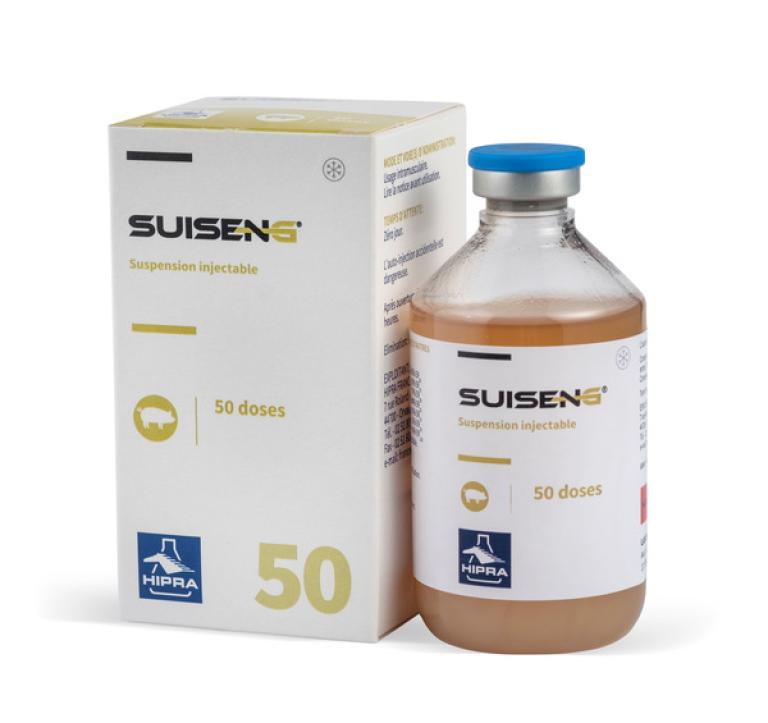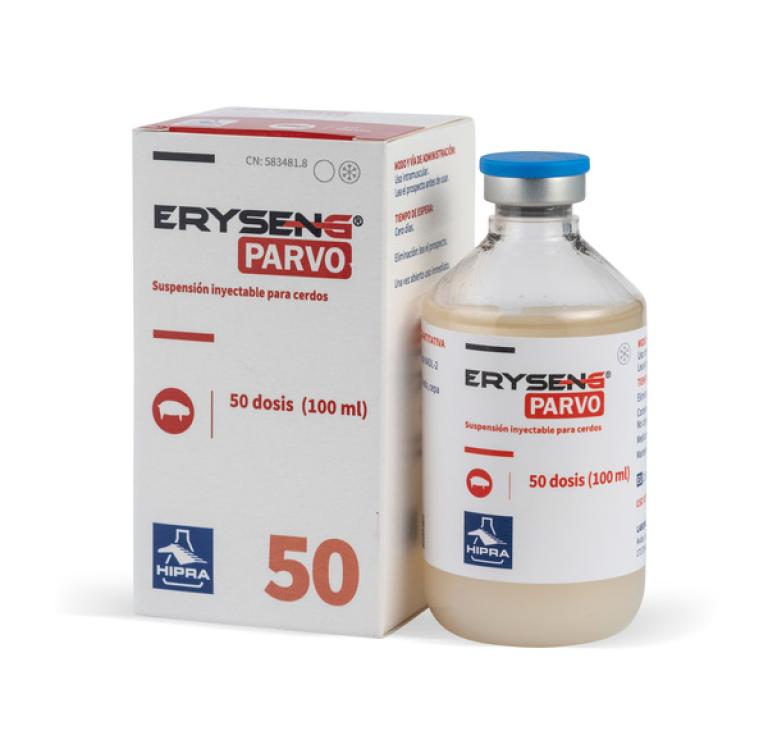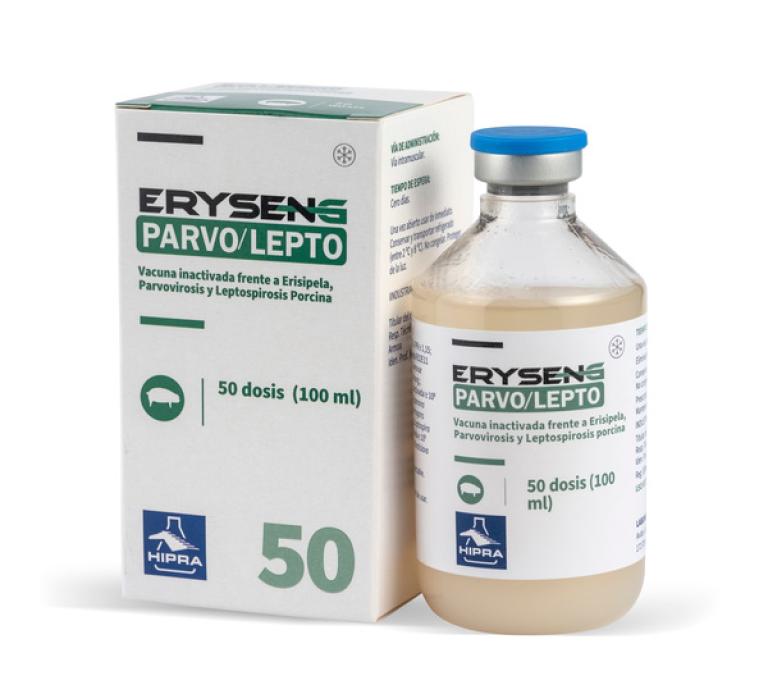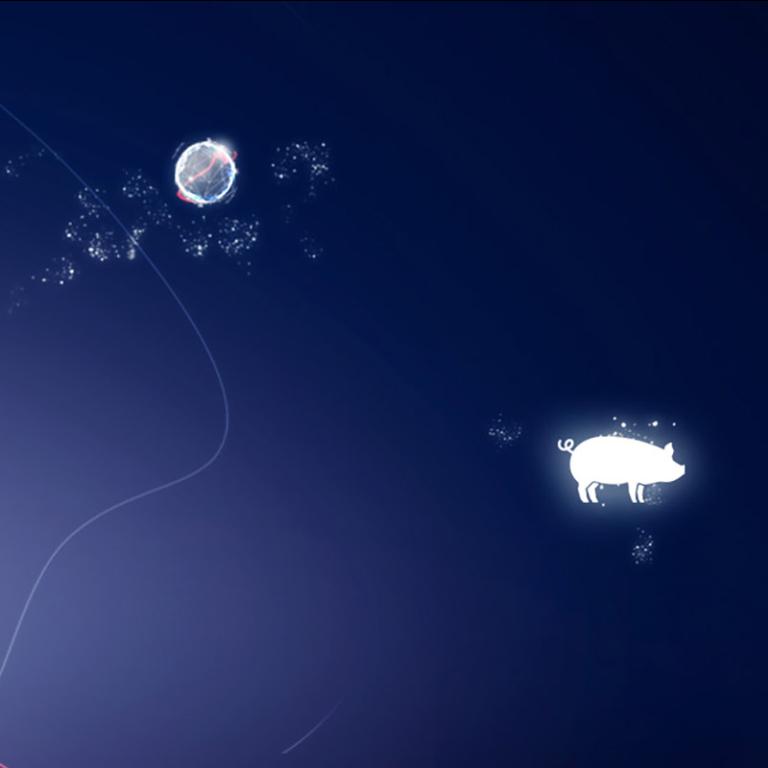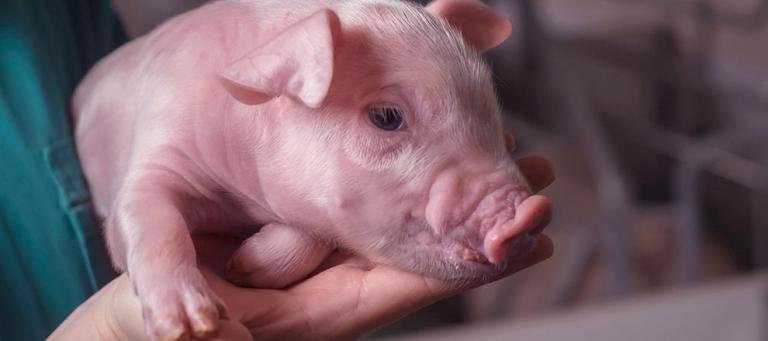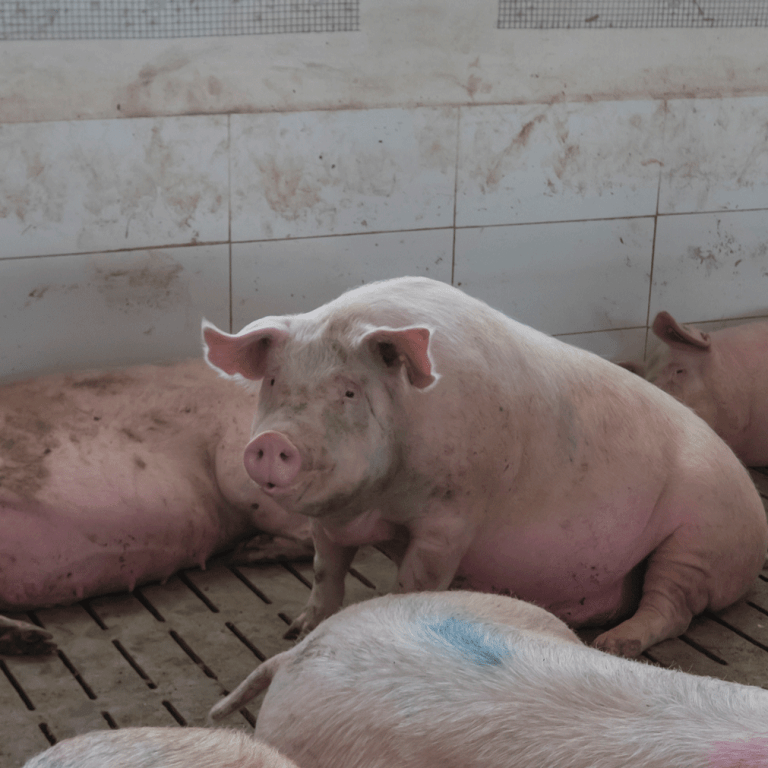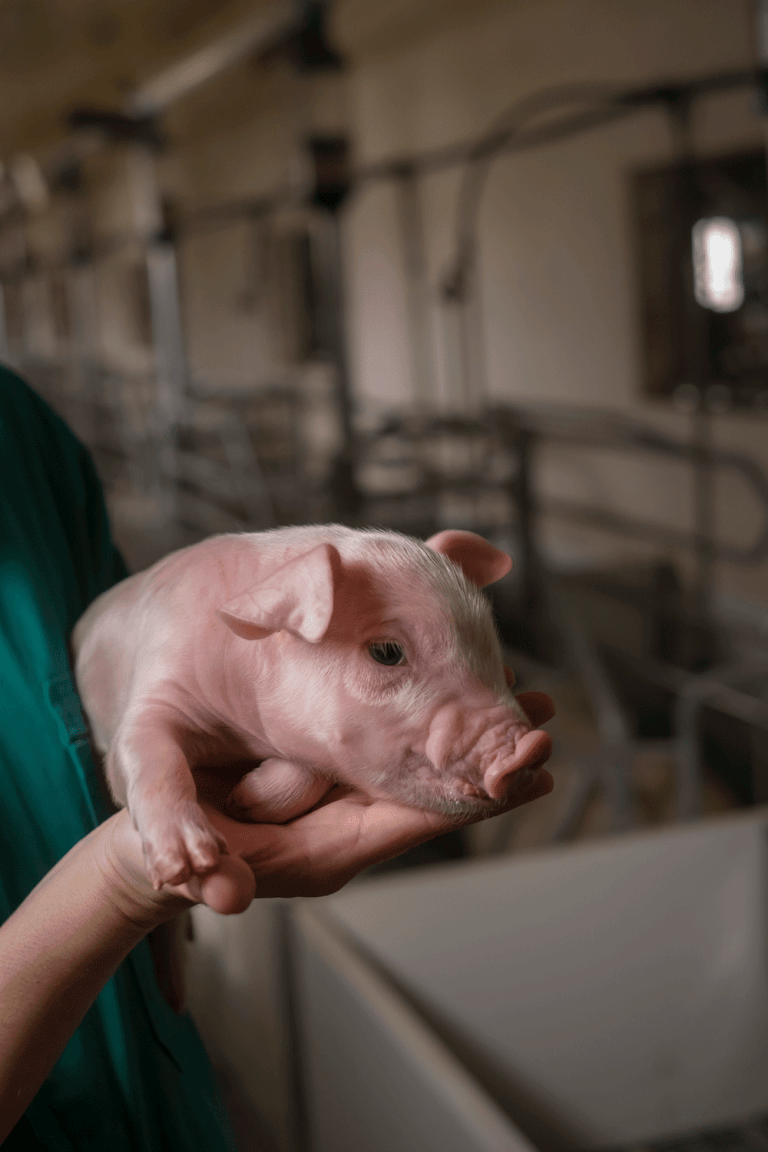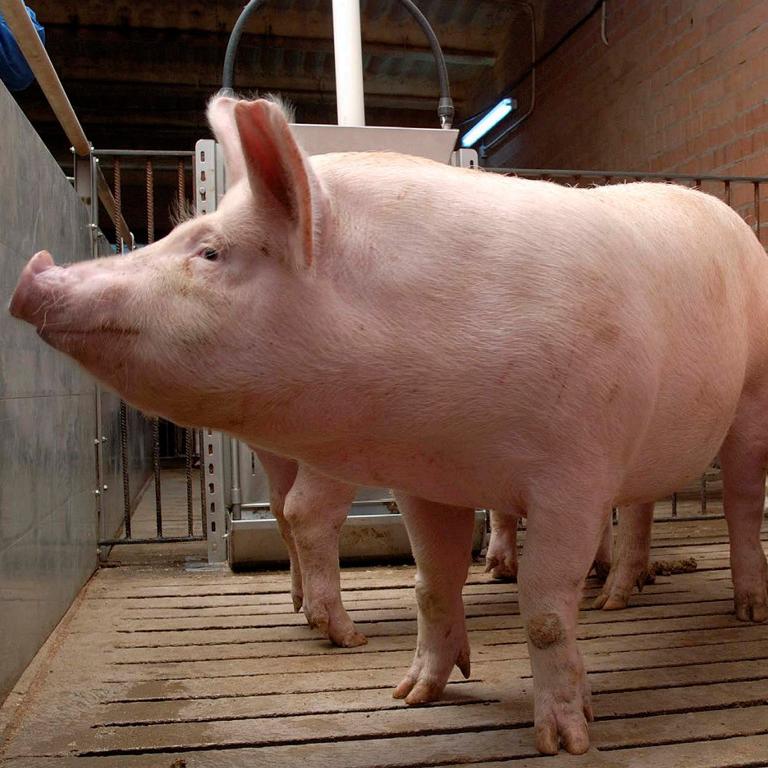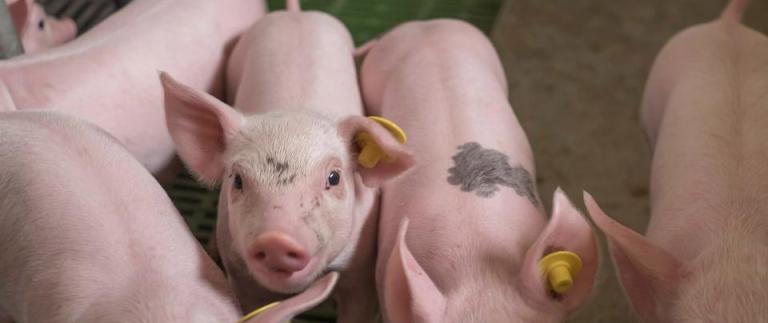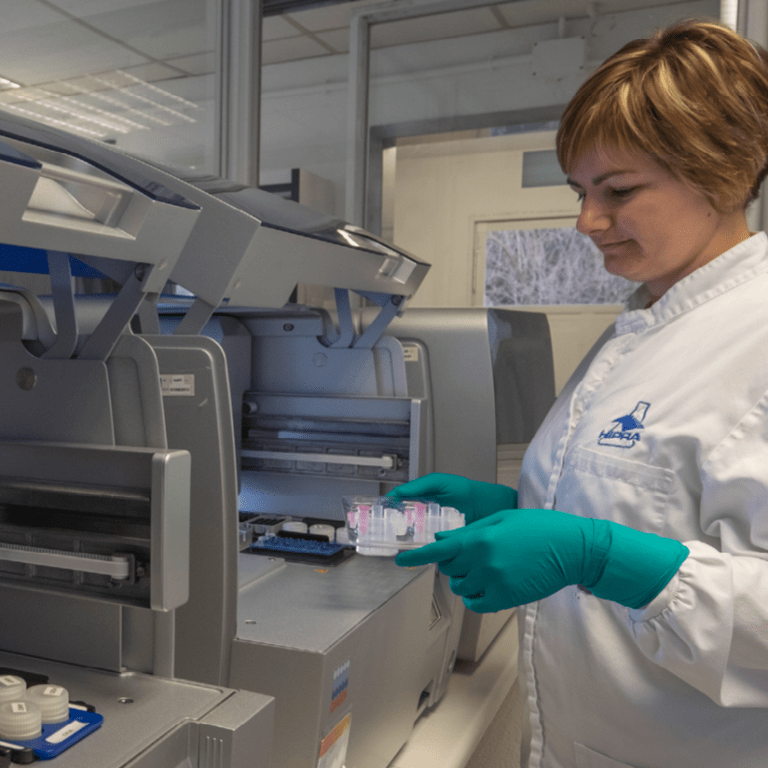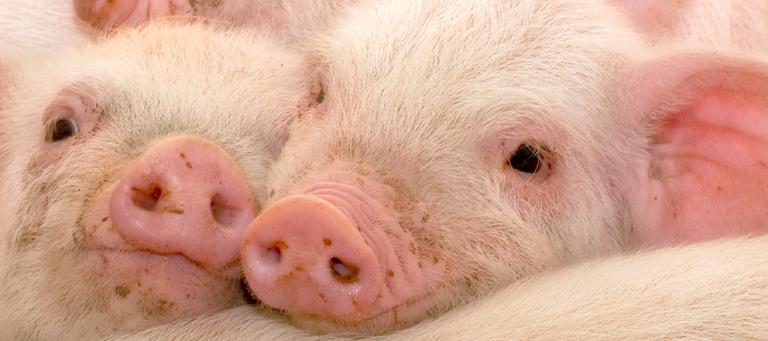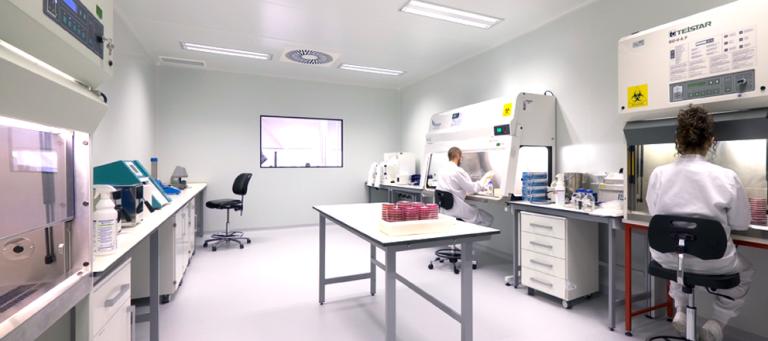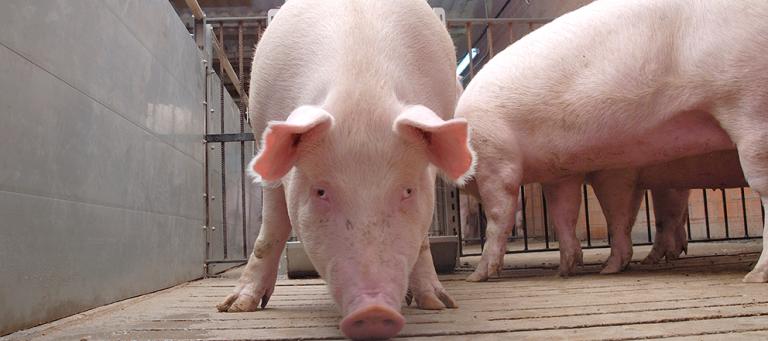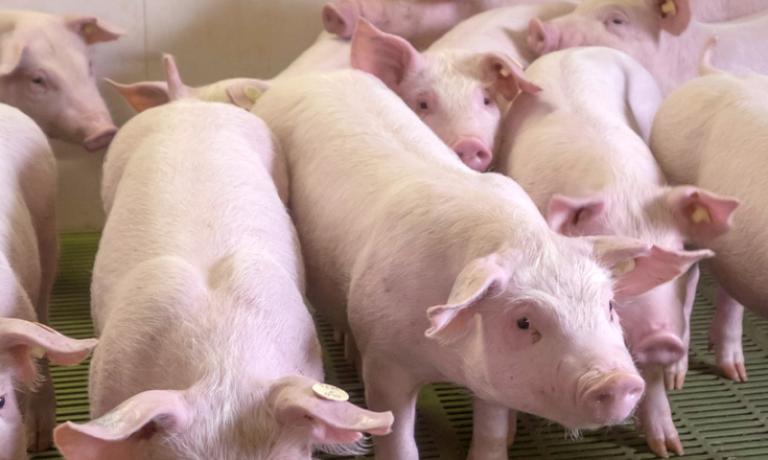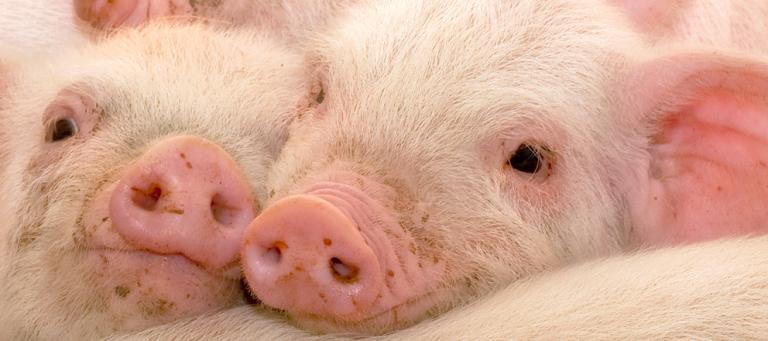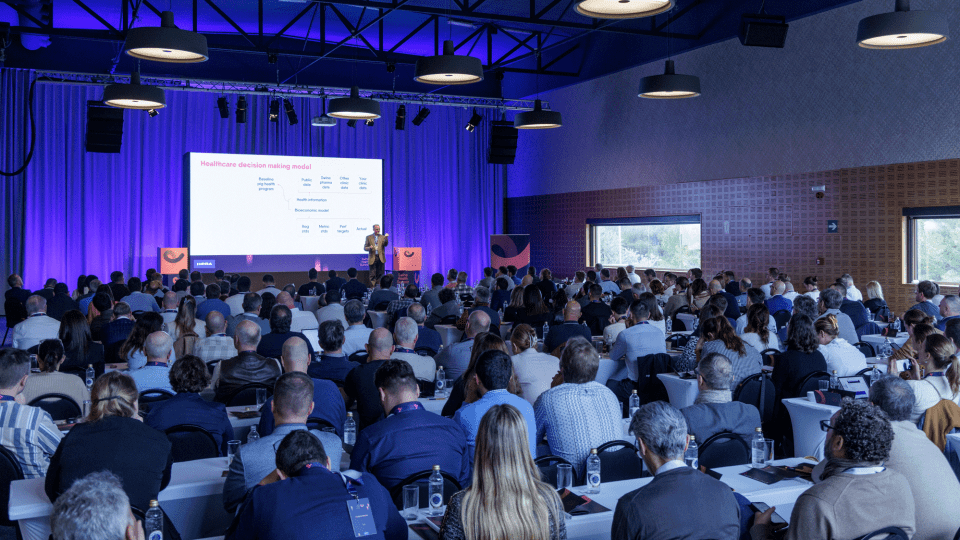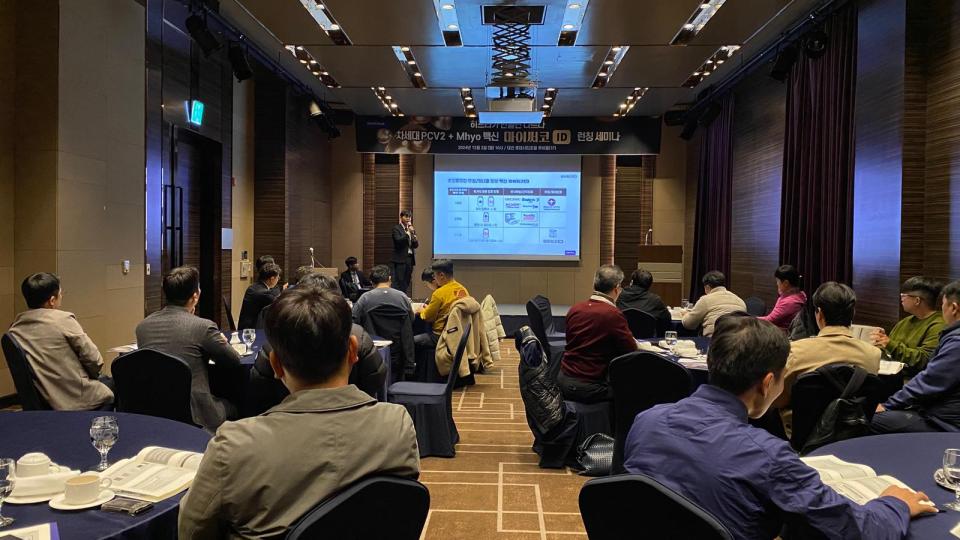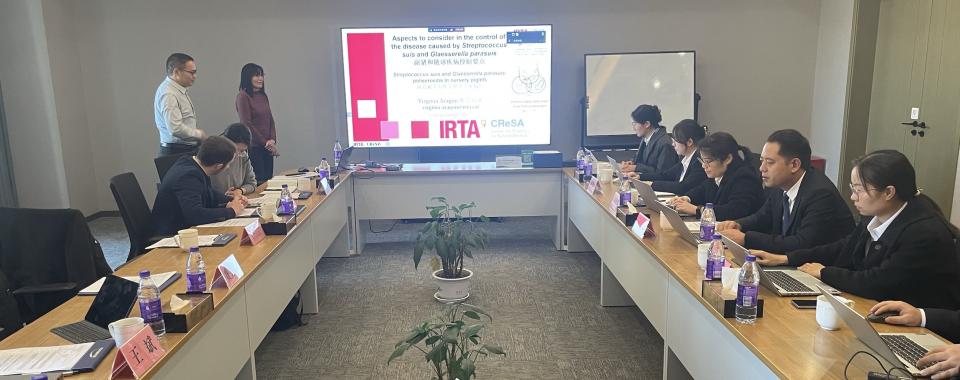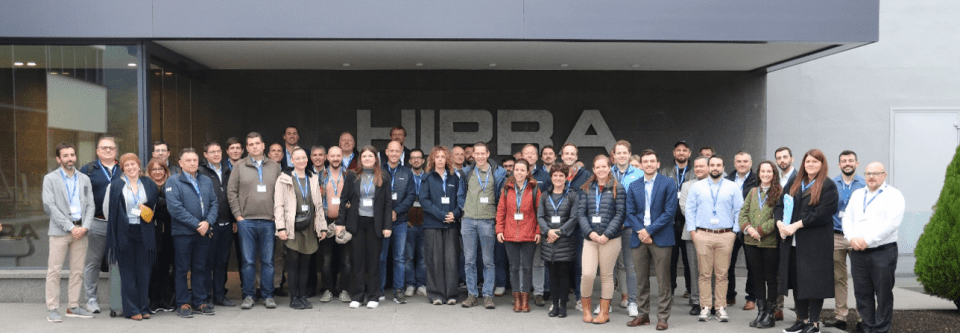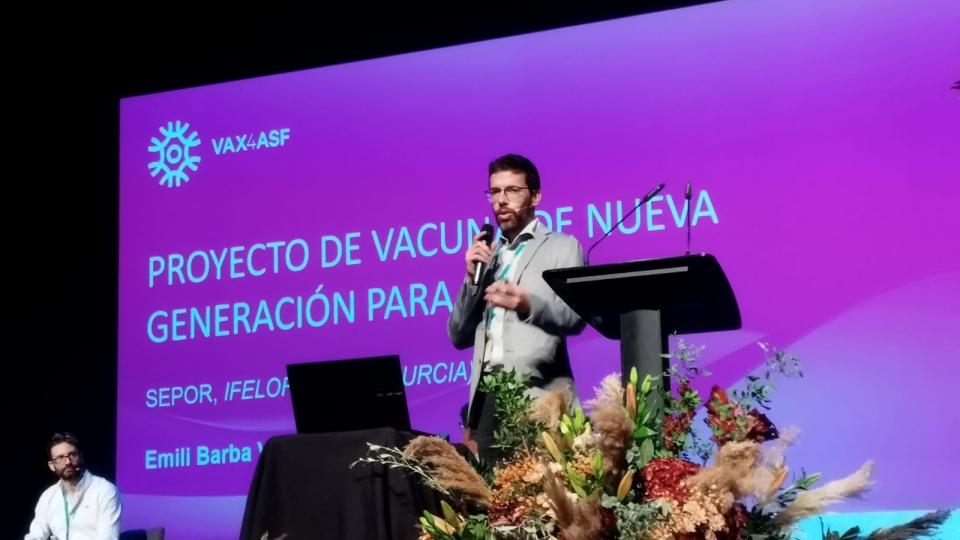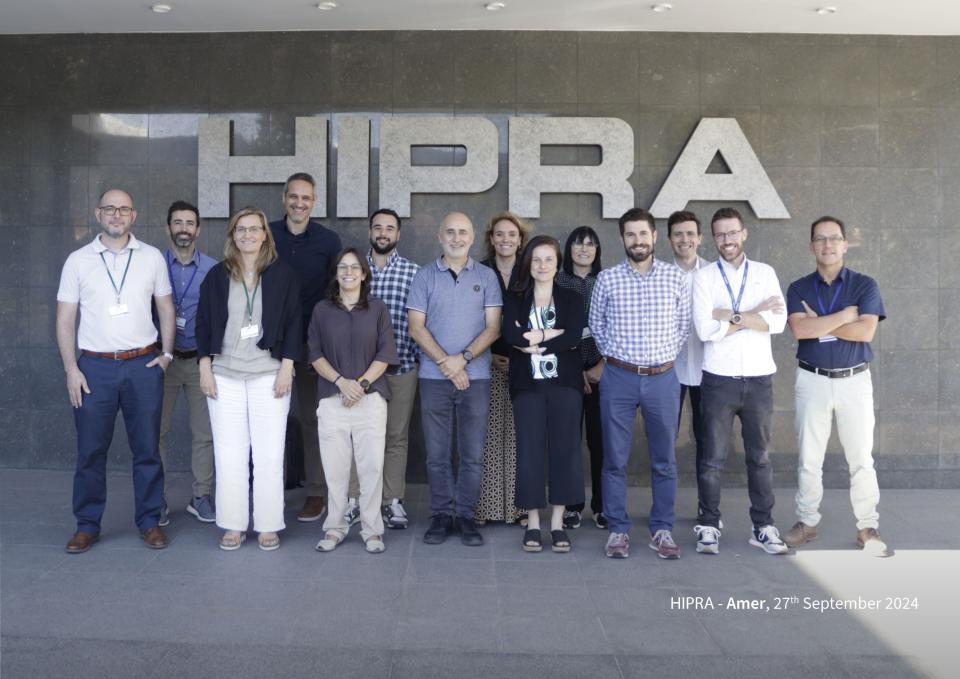Studies on adaptive immunity against PRRS virus have mainly focused on the development of neutralising antibodies (NAs) and cell-mediated immunity. It has been demonstrated that both NAs and cellular responses are unusual, low and delayed.
- Humoral response against PRRS virus. Circulating antibodies against PRRS virus can be detected in some pigs as soon as 5 days post-infection (PI). Usually, all animals seroconvert by the second week PI. Later on, antibody levels peak around three weeks and persist for months. Most of the antibodies are directed against N protein and non-structural proteins 1 and 2.
However, this rapid humoral response is devoid of neutralising capacity. It is important to note that most diagnostic tests detect antibodies against N protein; as we have seen, these antibodies appear early and persist for months, but do not correlate with protection. Indeed, it has been demonstrated in vitro that non-neutralising antibodies enhance viral replication in alveolar macrophages, a phenomenon known as antibody-dependent enhancement (ADE); antibodies act as a Trojan horse for PRRS virus, facilitating the internalisation of the viral particles into macrophages. However, the real importance of such a phenomenon in vivo is unclear since different laboratories have reported different success at detecting it in the pig.
Neutralising antibodies (NAs) can be detected around one month or even later, rarely being detected before that. Nevertheless, titres of NAs against PRRS virus are usually low or almost nil. Several viral targets for NAs have been reported, among them GP2, GP3, GP4, GP5 and M proteins. In the past, it was widely accepted that GP5 contained the main neutralisation epitope; however, recent studies have questioned this assumption.
Titres of neutralising antibodies vary according to PRRS virus isolates. Also, titres vary among pigs inoculated with a given strain.
- Cell-mediated immunity against PRRS virus. It has been demonstrated that cell-mediated immunity against PRRS virus is unusual, low and delayed. Firstly, proliferative responses against PRRS virus appear late, at 4 weeks PI. Secondly, PRRS virus-specific cytotoxic T lymphocytes are very weak and slow to develop. Indeed, some authors have shown that when cytotoxic T lymphocytes appear, they do not display cytotoxic activity, probably due to a defect in the recognition of infected cells, some blocking of the cytotoxic mechanisms or because the cytotoxic T lymphocytes detected are not virus-specific. Thirdly, several studies using IFN-γ ELISPOT for measuring cell-mediated immunity have shown that PRRS virus-specific IFN-γ-secreting cells (IFN-γ-SC) develop after 2-3 weeks PI. Later, the development is erratic for several weeks, thereafter increasing slowly. Compared to other common pig viruses, PRRS virus-specific IFN-γ-SC frequencies after infection or vaccination are 3-4 times lower.
Cell-mediated immunity varies according to PRRS virus isolates. Also, marked variability in cell-mediated can be observed among pigs.
The pattern of both humoral and cellular immunity after a PRRS virus vaccination is very similar to that of a PRRS virus infection.




